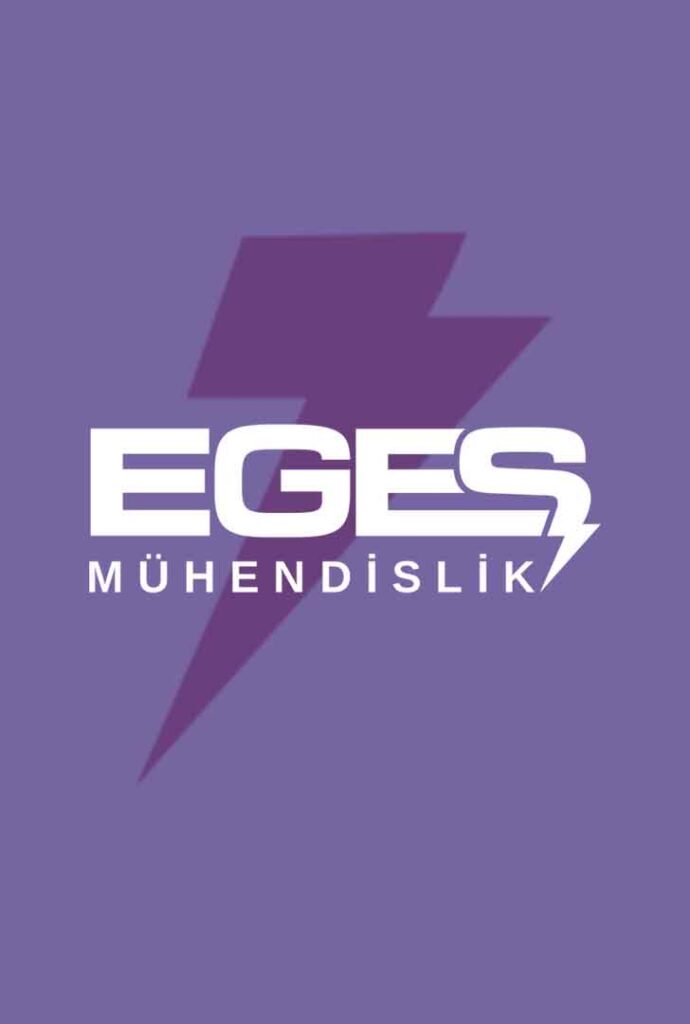Medium Voltage
The medium voltage (MV) distribution system delivers electricity from power plants to end consumers such as residential areas, industrial facilities, and commercial buildings by stepping down the high voltage to lower voltage levels.
(MV) Functions:
Energy Distribution: After leaving the generators, electrical energy is stepped up to a high voltage level and transported over long distances. In an area close to the consumer, this high voltage is stepped down to a medium voltage level and then distributed to end users.
Efficiency: Medium voltage levels reduce losses when transporting energy over long distances. It is more cost-effective than high-voltage energy transmission and provides electricity to residential areas safely.
Safety and Protection: Medium voltage systems are equipped with protection systems against overcurrent, short circuits, and other faults that are critical for safety.


Medium Voltage Components
Transformers: Devices that step down high-voltage electrical energy to medium-voltage levels. Transformers ensure that electrical energy reaches consumers safely and efficiently by minimizing energy losses.
Medium Voltage Switchgear: Switchgear, circuit breakers, disconnectors, load break switches, protective relays, and measuring devices used for the distribution and control of electrical energy. Switchgear interrupts the flow of electricity in the event of a fault and protects the system.
OG Distribution Panels: These panels are used to control and direct medium-voltage electricity. They monitor energy flow, provide protection, and cut off electricity where necessary.
Cables and Lines: Medium-voltage cables and overhead lines are structures that transmit energy from transformers to end users. They can be laid as underground or overhead lines.
Circuit Breakers and Load Disconnectors: They are used to control, distribute, and, when necessary, disconnect the power in medium-voltage lines. They ensure the safety of the system, especially in fault conditions.
Protection Relays: Relays that prevent damage to the system by interrupting the circuit in the event of a short circuit, overcurrent, or voltage drop in medium voltage systems.
Less Energy Loss
Compared to high-voltage power lines, energy losses are lower in medium-voltage distribution.
Secure Distribution
Medium voltage is safer for energy distribution in urban and industrial areas and is easier to manage in areas close to the user.
High Efficiency
Reducing the voltage of electrical energy transmitted over long distances via high-voltage lines to medium-voltage levels makes distribution more efficient.
